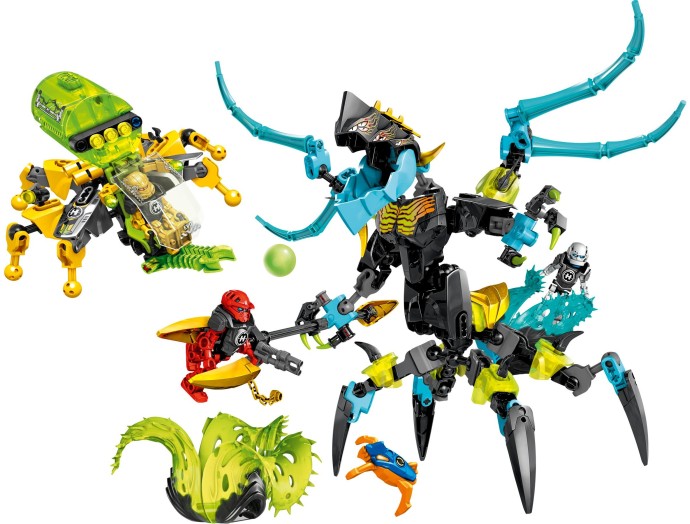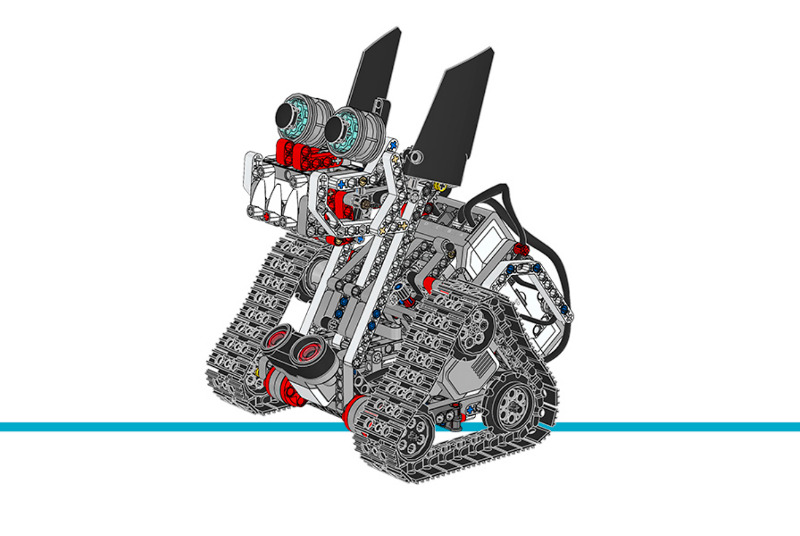

164, 287-309.Let’s first talk about the size of the ZNAP Wallet because it’s quite unusual. Intra-RNA and RNA-protein cross-linking techniques in Escherichia coli ribosomes. Brimacombe, R., Stiege, W., Kyriatsoulis, A., and Maly, P.It focuses on The Observer Effect, which refers to minor perturbations of the experiment by the observer effecting the outcome. This paper is a critical examination of RIP and CLIP technologies. The “Observer Effect” in genome-wide surveys of protein-RNA interactions. It also has a good outlook section discussing some of the future challenges in the field. It also lists different studies using these techniques and the RBPs they studied. This review compares CLIP, HITS-CLIP, iCLIP, and PAR-CLIP. Transcriptome-wide analysis of protein-RNA interactions using high-throughput sequencing. MiCLIP: Methylation individual-nucleotide-resolution crosslinking and immunoprecipitation is a specialized version of iCLIP designed to determine which RNA nucleotides are methylated by the RNA methyltransferase Nsun2. ICLIP: Individual-nucleotide resolution CLIP is a refinement of CLIP that allows single-nucleotide resolution of RBP binding sites. PAR-CLIP: Photoactivatable-ribonucleoside-enhanced crosslinking and immunoprecipitation attempts to solve some of the problems of HITS-CLIP, namely, efficiency of crosslinking and resolution of RBP binding sites. HITS-CLIP (or CLIP-seq): Stands for high-throughput sequencing of RNA isolated by crosslinking immunoprecipitation, which utilizes in vivo UV crosslinking technologies and next-gen sequencing. Both rely on the specificity of RBP-RNA interaction for immunoprecipitation. RIP-chip & RIP-seq: RIP can be coupled to microarray (RIP-chip) or sequencing (RIP-seq) to identify RNAs that are bound by an RBP of interest. More specialized techniques have been developed from these: PAR-CLIP improves crosslinking with photoreactive RNA nucleotides, iCLIP uses reverse transcriptase stalling to map individual nucleotide-RBP interactions, and finally miCLIP modifies an RNA methylase to map its binding sites. In both RIP and CLIP, the isolated RNA is reverse transcribed to cDNA then analyzed with either microarray (RIP-chip) or sequencing (RIP-seq, HITS-CLIP aka CLIP-seq). Due to the irreversibility of the crosslinks, the next step is digestion with a proteinase. The RNA-RBP complexes are then immunoprecipitated. For these reasons, UV has become the standard in RNA research. Further, UV crosslinks do not form between two proteins (Brimacombe et al., 1988). UV crosslinks are also more specific and only link proteins to RNAs that are in very close proximity. Unlike formaldehyde, UV crosslinking is irreversible. Unlike DNA-protein crosslinking which is done with formaldehyde, CLIP uses ultraviolet (UV) light. This low stringency results in low specificity leading to the development of CLIP.ĬLIP is very similar to RIP, expect it adds a crosslinking step. Any RNA bound to the RBP will be isolated in this IP provided that the isolation is done non-stringently. RIP involves immunoprecipitation (IP) of an RNA-binding protein (RBP) of interest using an antibody.

RIP relies on the principle that if an RNA and protein are interacting in the cell, the protein likely has some role in regulating the RNA. RIP is the older technique from which CLIP was derived. Though it sounds like the catch phrase of a bad 80’s action hero, “RIP and CLIP” are actually the two fundamental approaches for analyzing RNA-protein interactions.


 0 kommentar(er)
0 kommentar(er)
